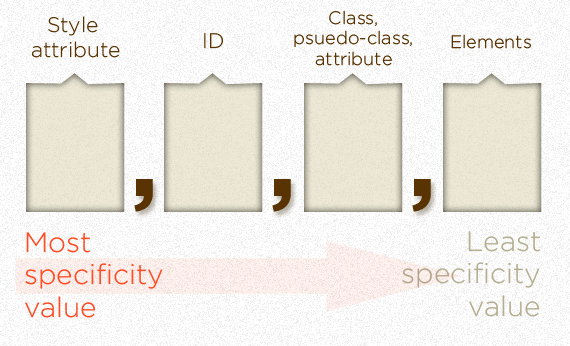#box {
width: 100px;
height: 100px;
background-color: #ff0;
}
.one.two.three.four.five.six.seven.eight.nine.ten.eleven {
background-color: #f00;
}
<div id="box" class="one two three four five six seven eight nine ten eleven"></div>
If the following points are given to each type of selector, then how come the above class selector does not override the ID selector?
Style attribute: 1,0,0,0 ID: 0,1,0,0 Class, pseudo-class, attribute selector: 0,0,1,0 Element: 0,0,0,1

